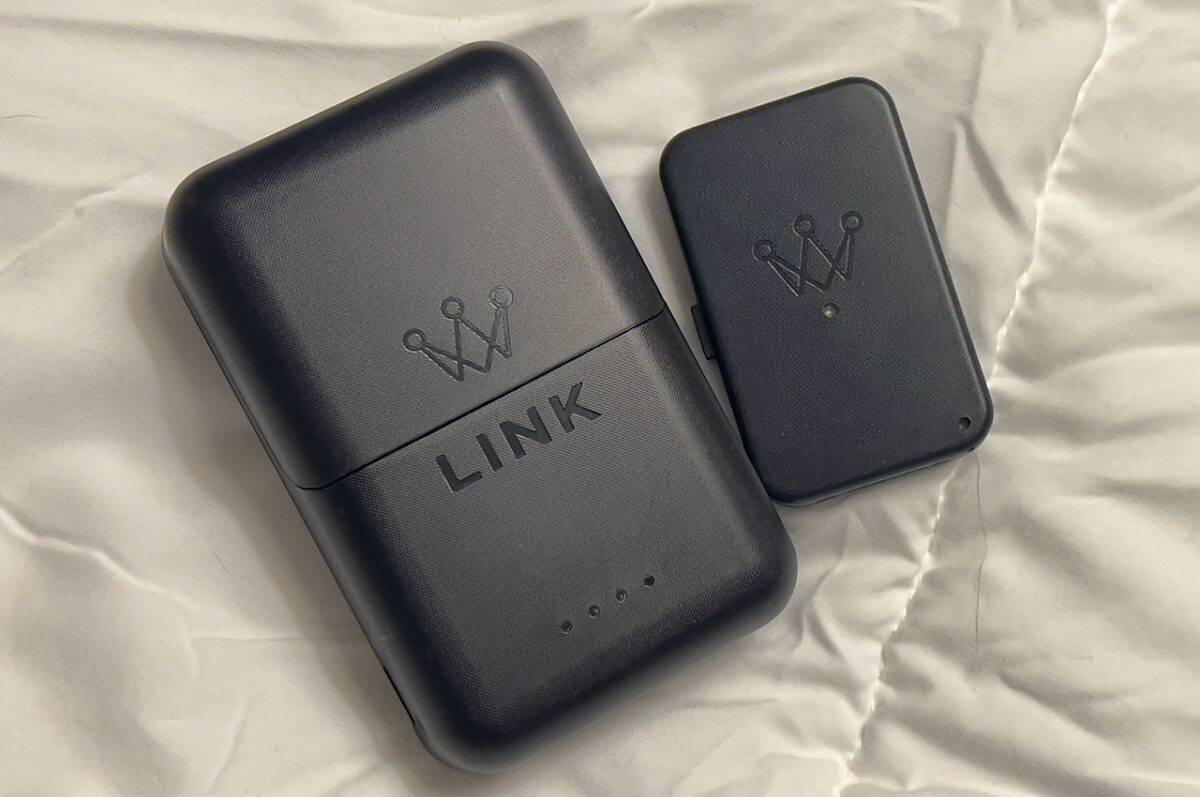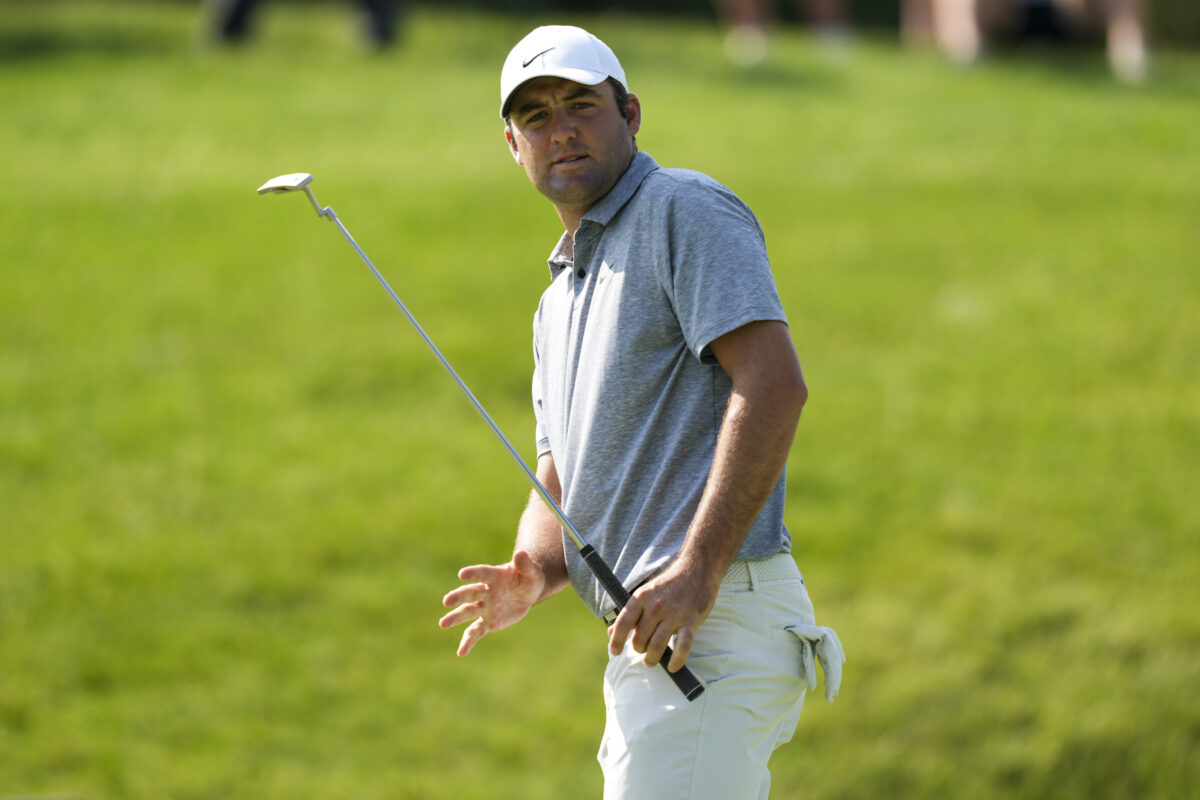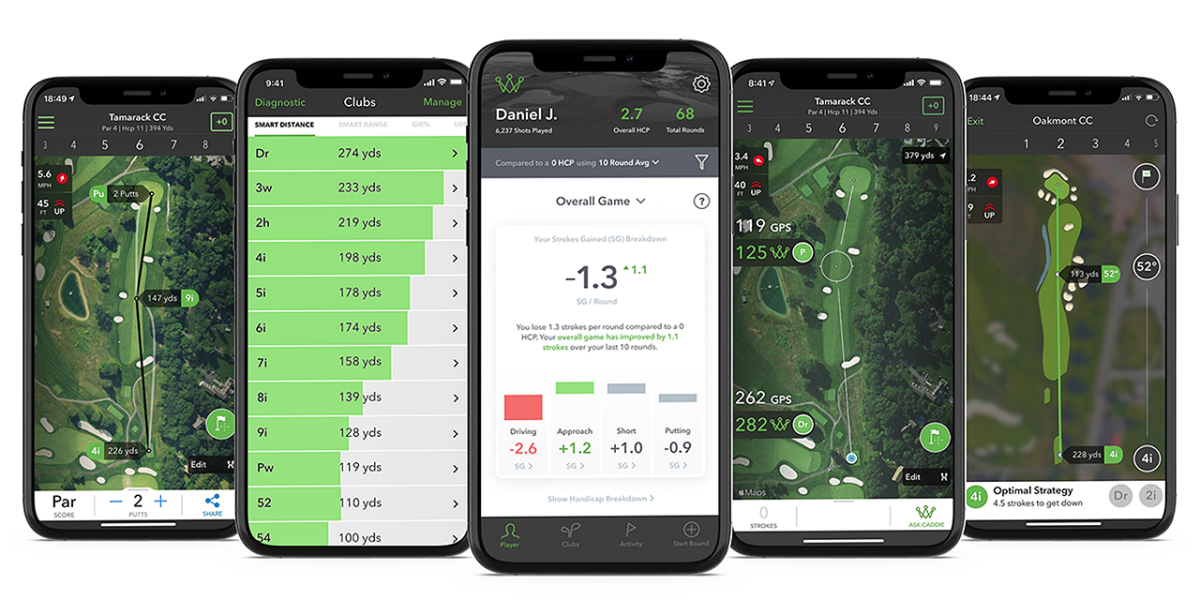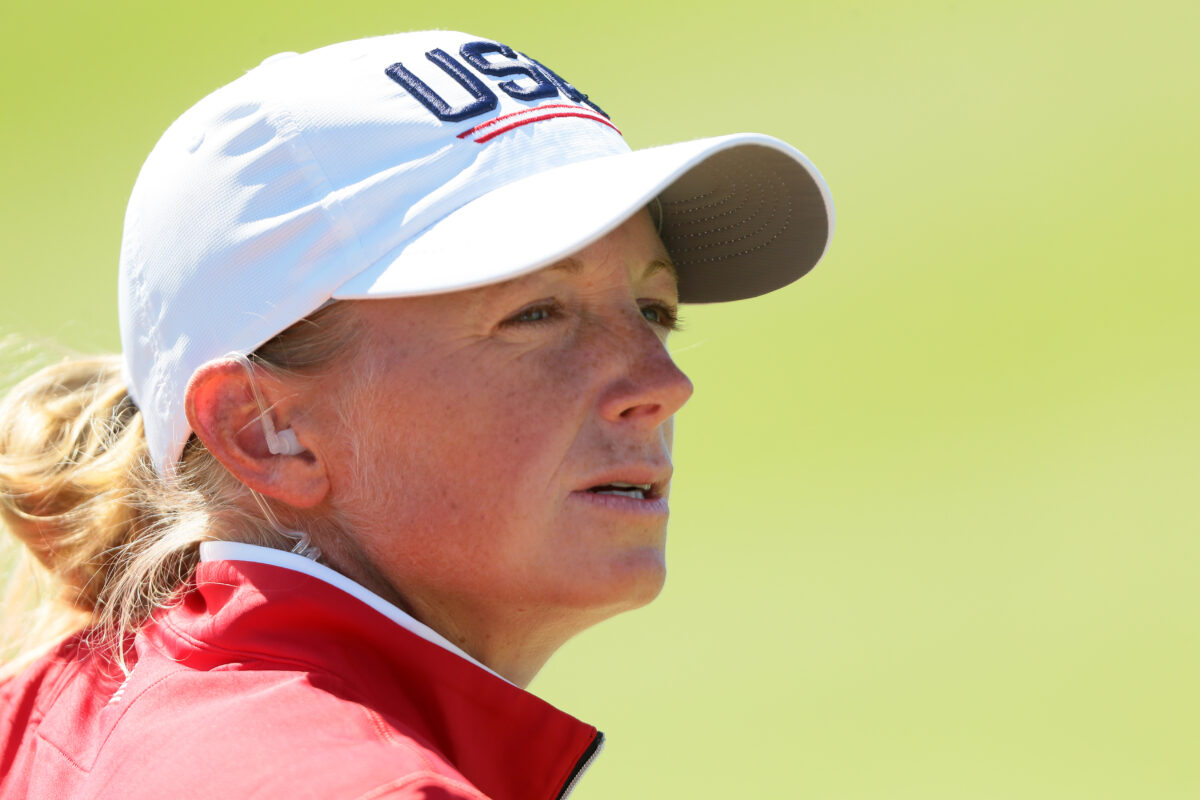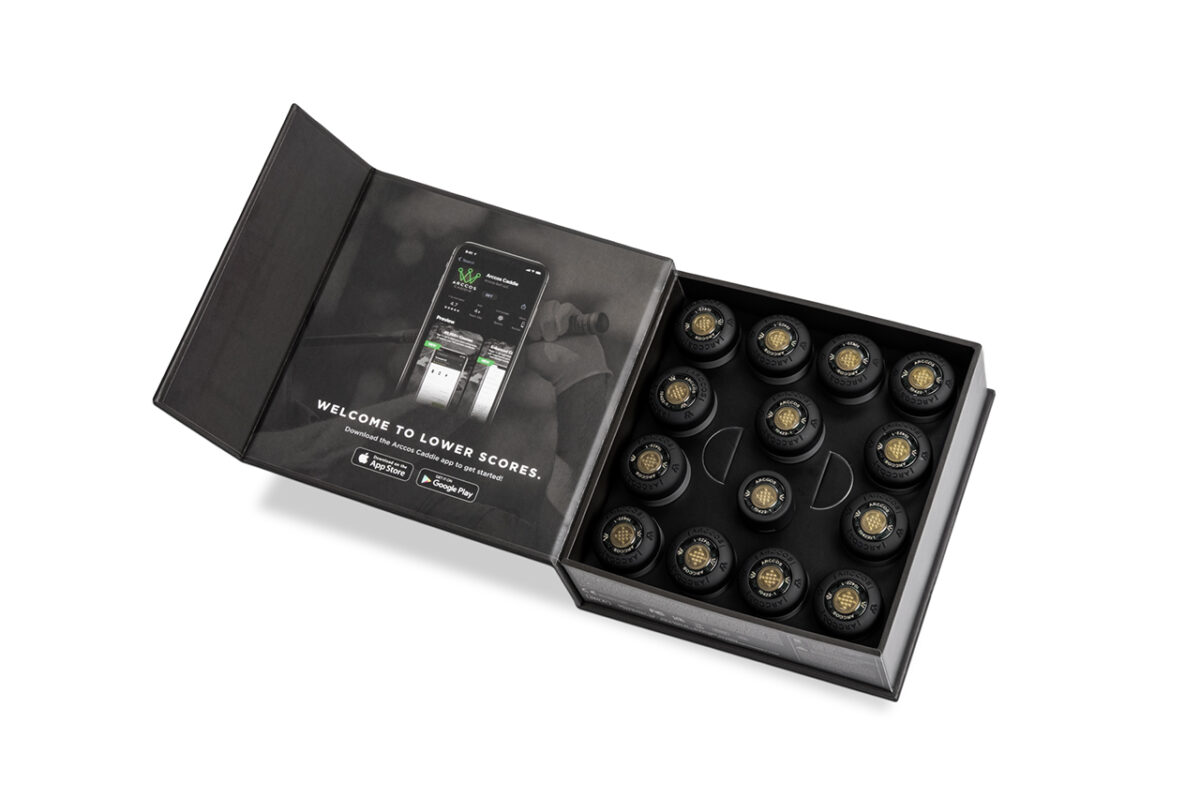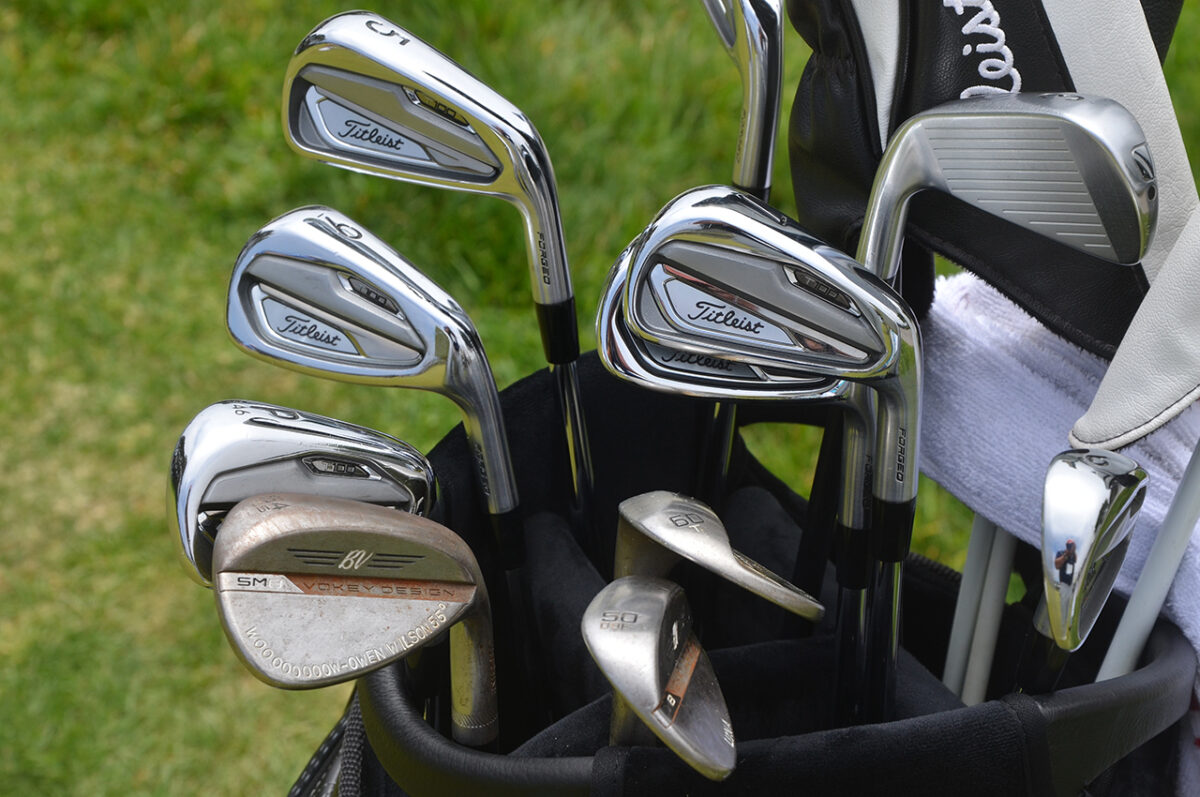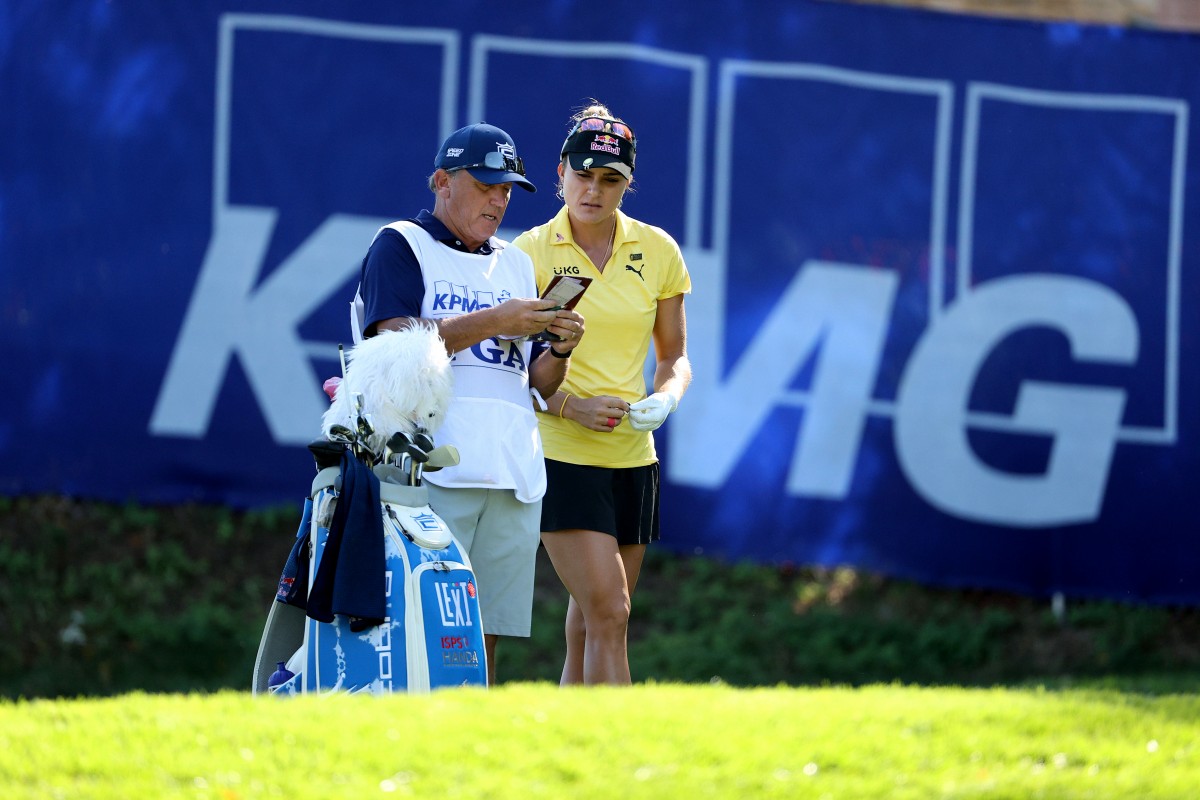When Rory McIlroy, Rickie Fowler and Tony Finau walk to the first tee to play in a PGA Tour event, the best data-collecting system in golf, ShotLink, follows their progress and records every imaginable thing about their rounds. The players don’t have to do anything, wear anything or think about data production. An army of volunteers and a pair of 18-wheelers parked on-site gather the data and crunch it, then send each player a sophisticated package of statistics and information after each tournament.
With the release of the new Link Pro, Arccos – the Stamford, Connecticut-based company that recently became the Official Game Tracker of the PGA Tour – has taken the most significant step in the company’s history in replicating the ShotLink experience for recreational golfers.
For more than a decade, Arccos has allowed golfers to track what club they use, how far each shot goes and more by wirelessly connecting tiny sensors on their clubs to their smartphone and an Arccos app.
In the beginning, golfers had to play with their phones in their pockets, but a few years ago Arccos released the first generation of Link, a matchbook-size device that clips to a players’ clothes or can be worn on a belt. Link acted like a tether and allowed golfers to keep their phones in the cart or a golf bag. Now Link Pro goes one step further on more than 40,000 courses.
[afflinkbutton text=”Shop Arccos Link Pro” link=”https://www.arccosgolf.com/collections/arccos-products/products/link-pro?rfsn=6568483.312078&utm_source=refersion&utm_medium=affiliate&utm_campaign=6568483.312078″]

On the first tee, after a player removes the unit from its charging case and turns it on, Link Pro connects to a smartphone and the Arccos App. After selecting the course about to be played and setting Link Pro as the shot-tracking method, all a player has to do is put the Link Pro in one of the front pockets of their pants, skirt or dress and play. That’s it – there is nothing else to do. Yes, for extra accuracy golfers can press a small button on the side of the unit after they take the ball out of the hole to indicate to the system exactly where the hole is located, but they can do that without taking Link Pro out of their pocket. Players can forget Link Pro until they walk off the 18th green.
Link Pro allows golfers to leave their phone in their golf bag, in the clubhouse or even in their car. After finishing play, when Link Pro gets close enough to your phone while the Arccos app is open, the data from your round will automatically upload into the Arccos system. The only time when you will need to use your phone is when you are selecting the course you are about to play, selecting the Link Pro as your data-gathering method and starting your round.
Link Pro makes the process of gathering data about a player’s game as unobtrusive as ShotLink, which is a massive step forward because the more players have to think about devices they are wearing or using, the more it takes away from playing the game. Link Pro, which costs $224.99, makes a ShotLink-style experience possible for golfers in their Thursday evening league or weekend matches.
This is all possible because Link Pro has improved microphones that allow the system to “hear” shots more easily. An upgraded GPS chip also allows Link Pro to connect and lock with satellites more quickly. The Link Pro charging case holds enough energy for 12 rounds before the case has to be recharged.

In addition to tracking shots, Arccos provides players with a virtual rangefinder that uses artificial intelligence to provide yardages while accounting for things such as slope, wind, humidity and altitude. Arccos also uses the data it collects to provide Strokes Gained insights that reveal not only strengths and weaknesses but also tendencies and how a player stacks up against other players of different ability levels. This is really helpful because it allows golfers to concentrate on the specific areas of their game that are holding them back.
The Arccos Smart Sensors required to make Link Pro work are sold separately. With the purchase of the sensors, golfers get a one-year subscription to the Arccos app, with subsequent years costing $155.88 per year.
[afflinkbutton text=”Shop Arccos Link Pro” link=”https://www.arccosgolf.com/collections/arccos-products/products/link-pro?rfsn=6568483.312078&utm_source=refersion&utm_medium=affiliate&utm_campaign=6568483.312078″]
[afflinkbutton text=”Shop Arccos Smart Sensors” link=”https://www.arccosgolf.com/products/arccos-caddie-smart-sensors?rfsn=6568483.312078&utm_source=refersion&utm_medium=affiliate&utm_campaign=6568483.312078″]
[afflinkbutton text=”Shop all Arccos products” link=”https://www.arccosgolf.com/?rfsn=6568483.312078&utm_source=refersion&utm_medium=affiliate&utm_campaign=6568483.312078″]
